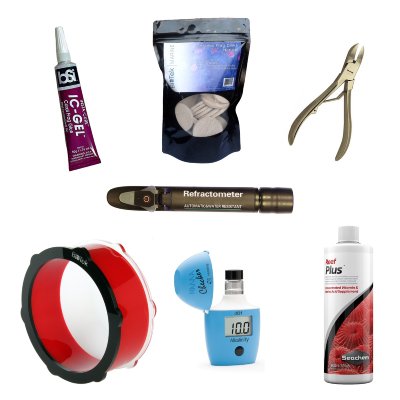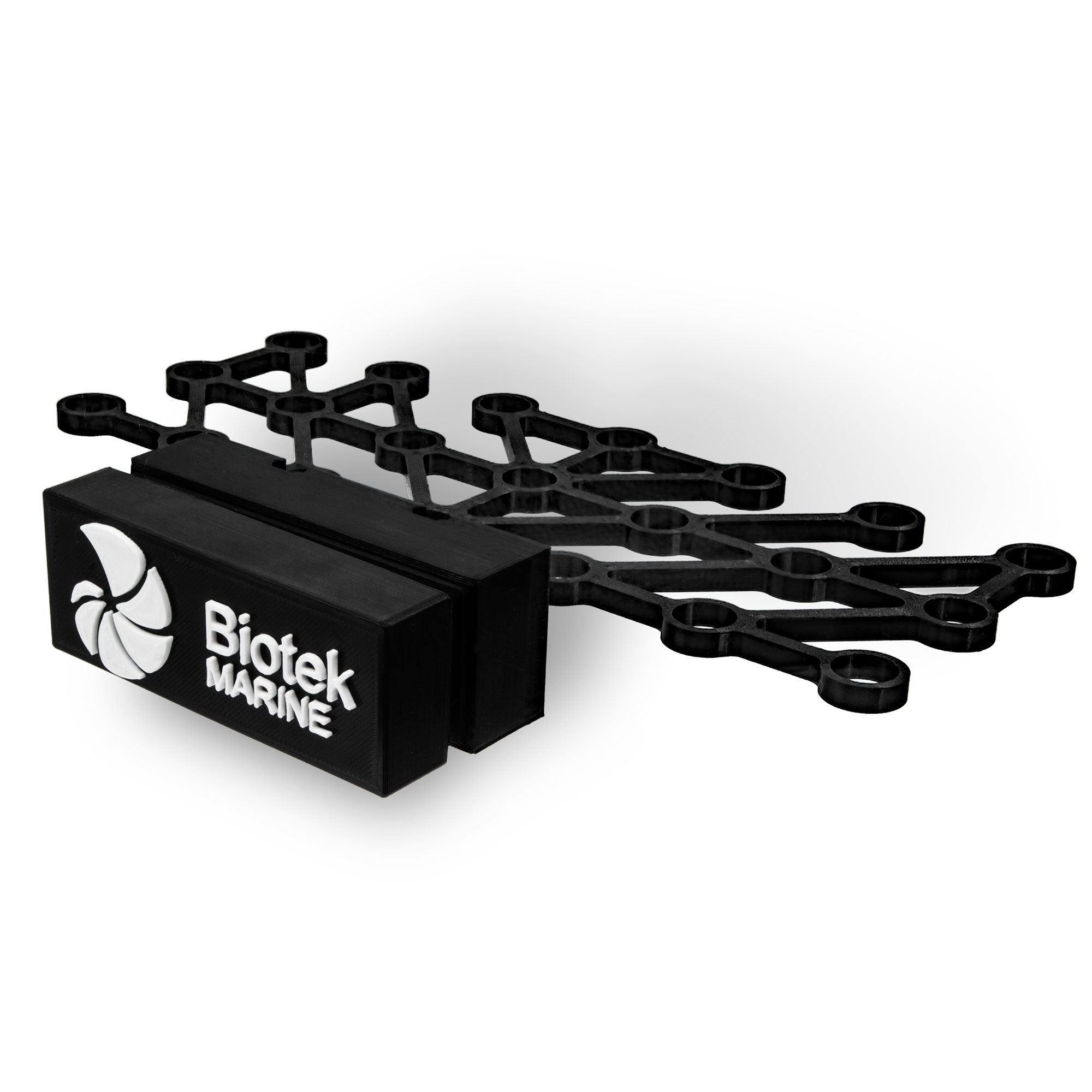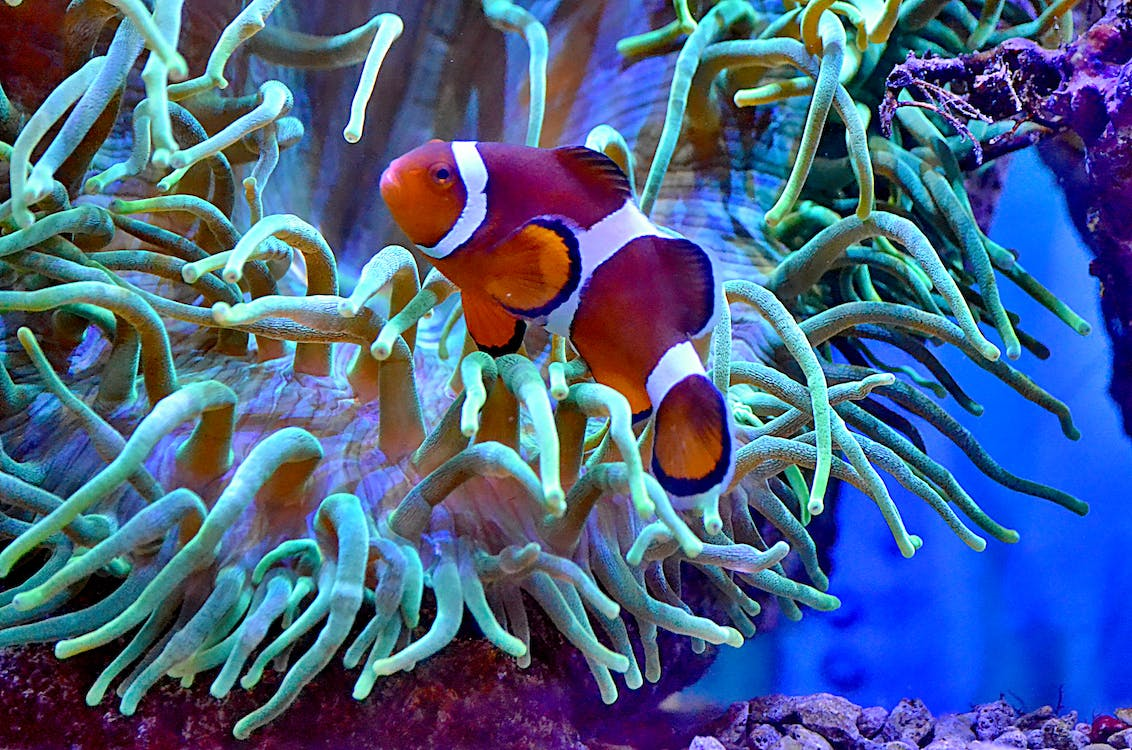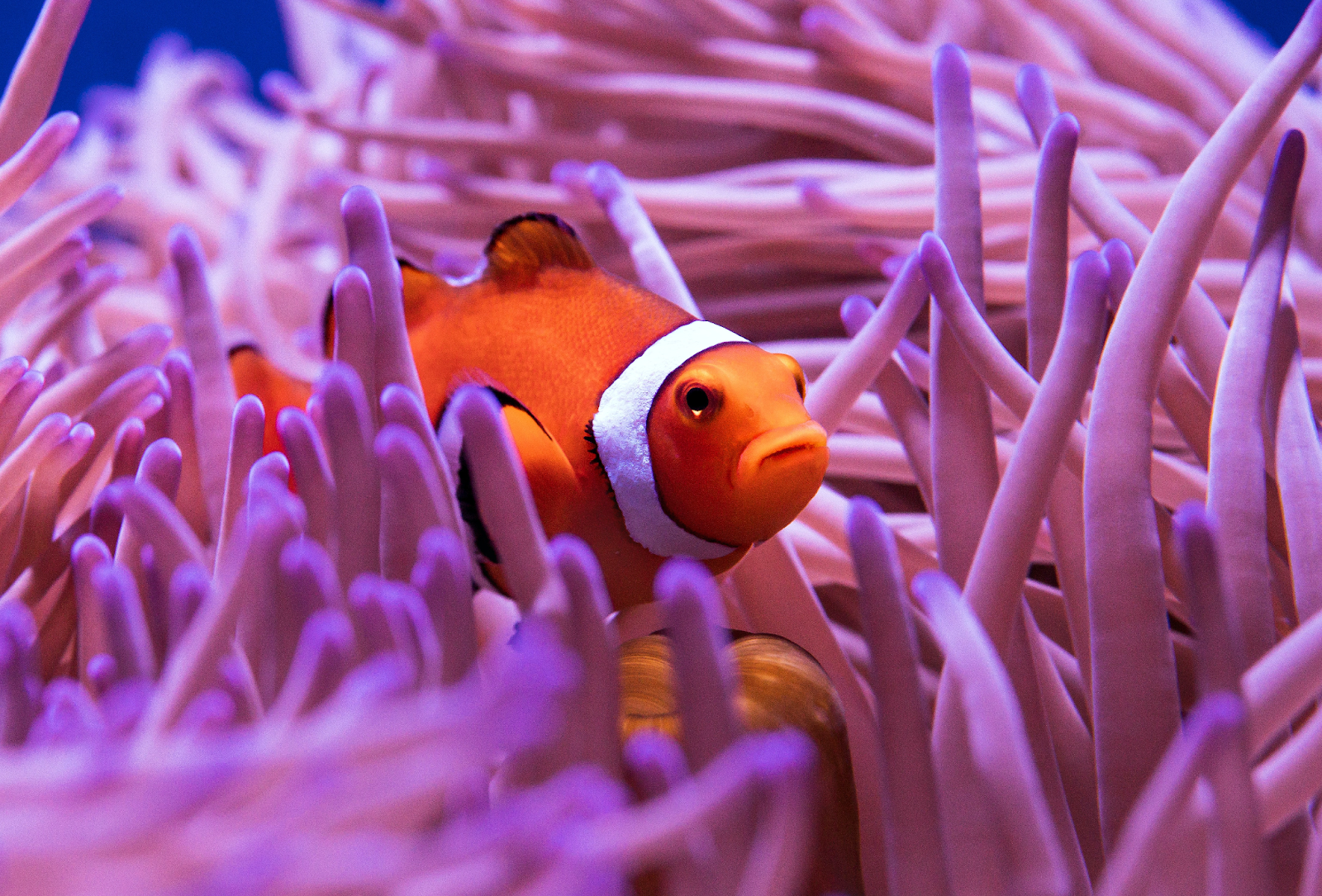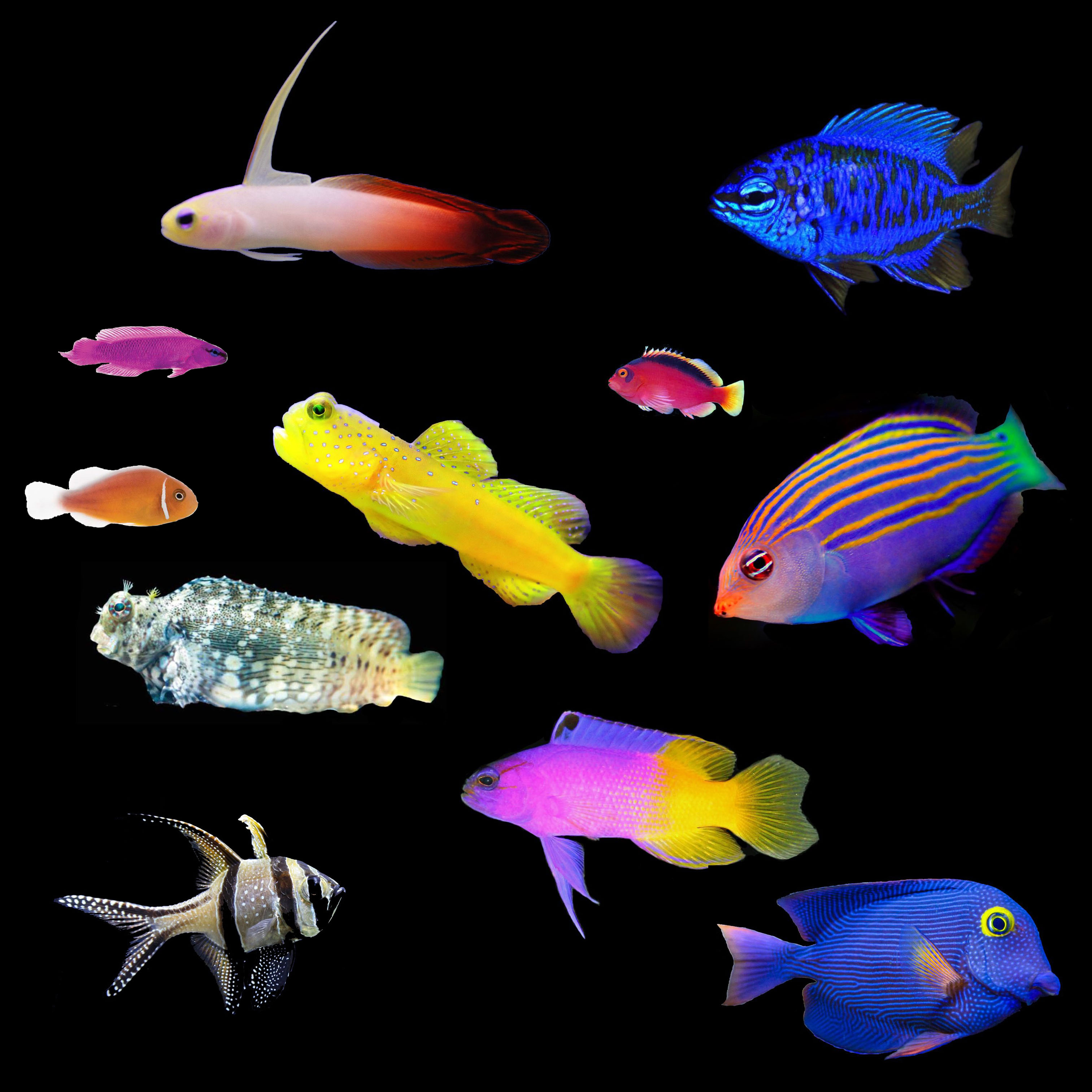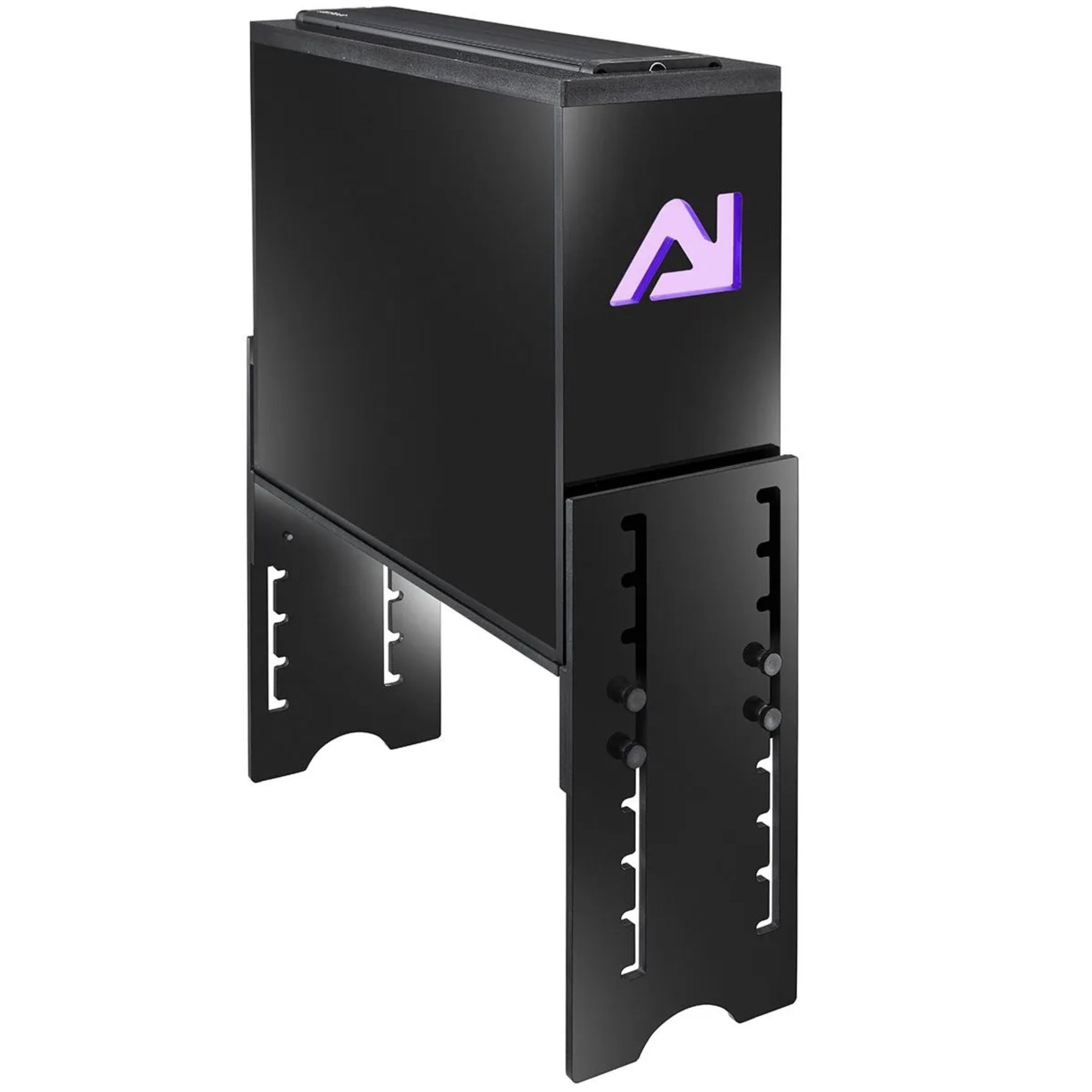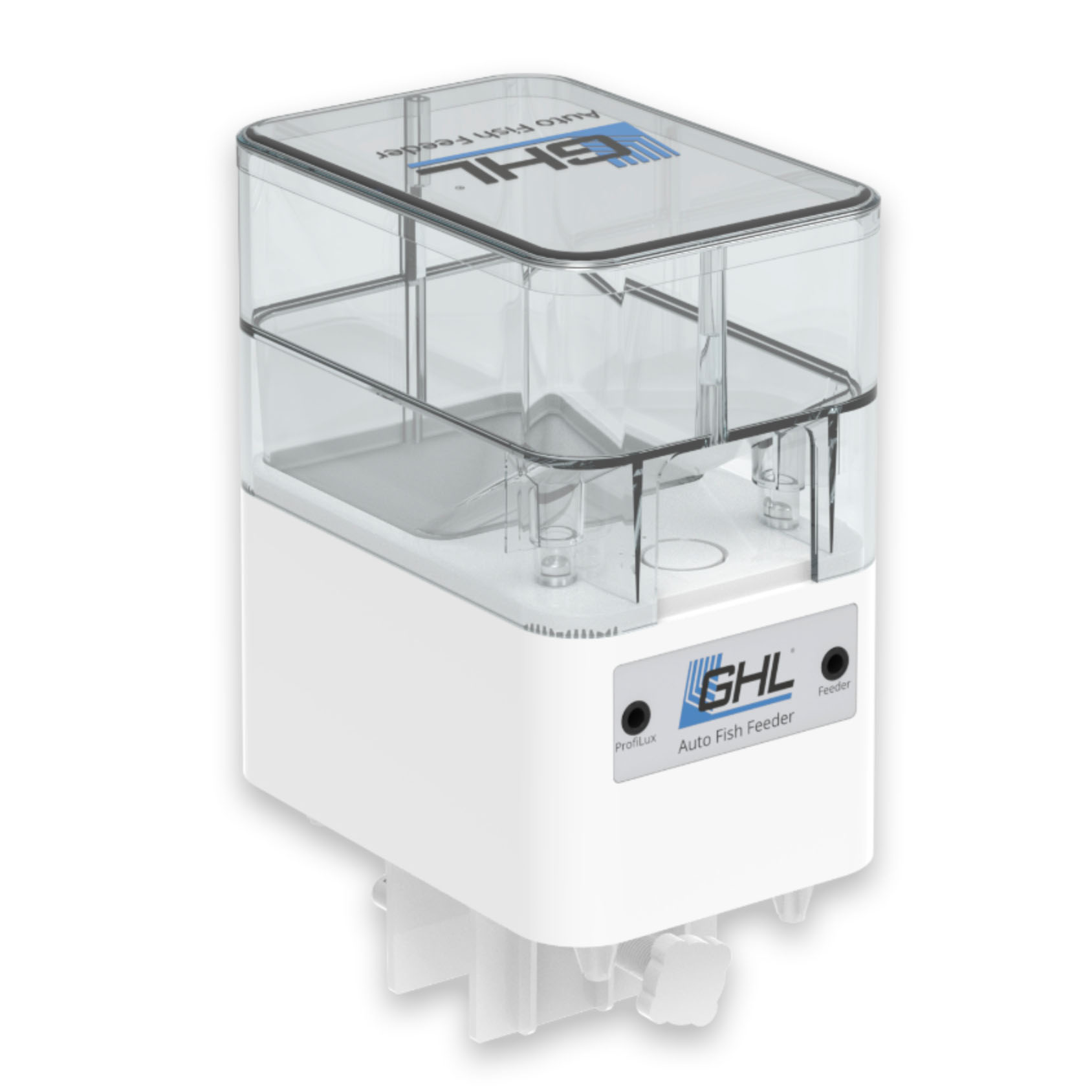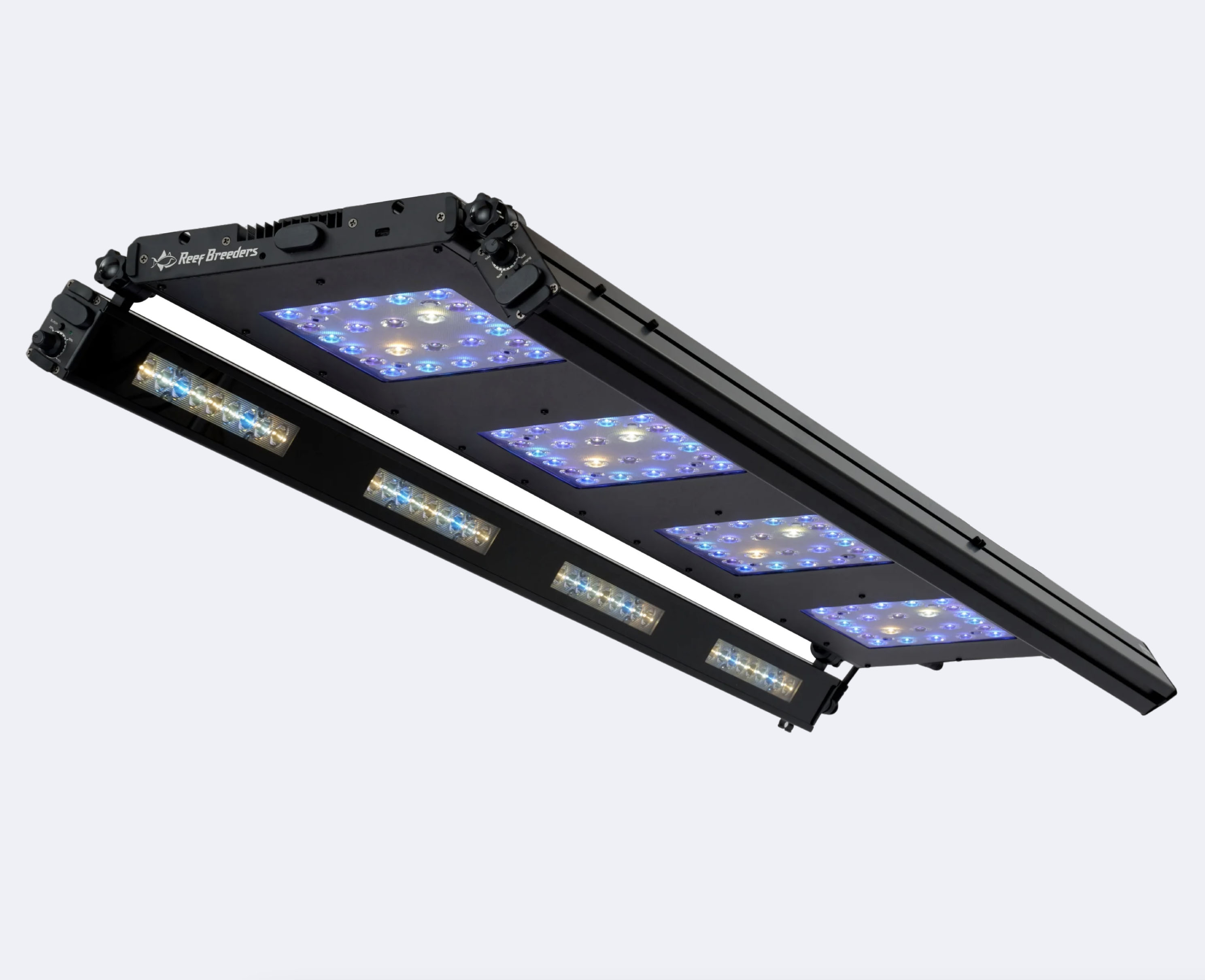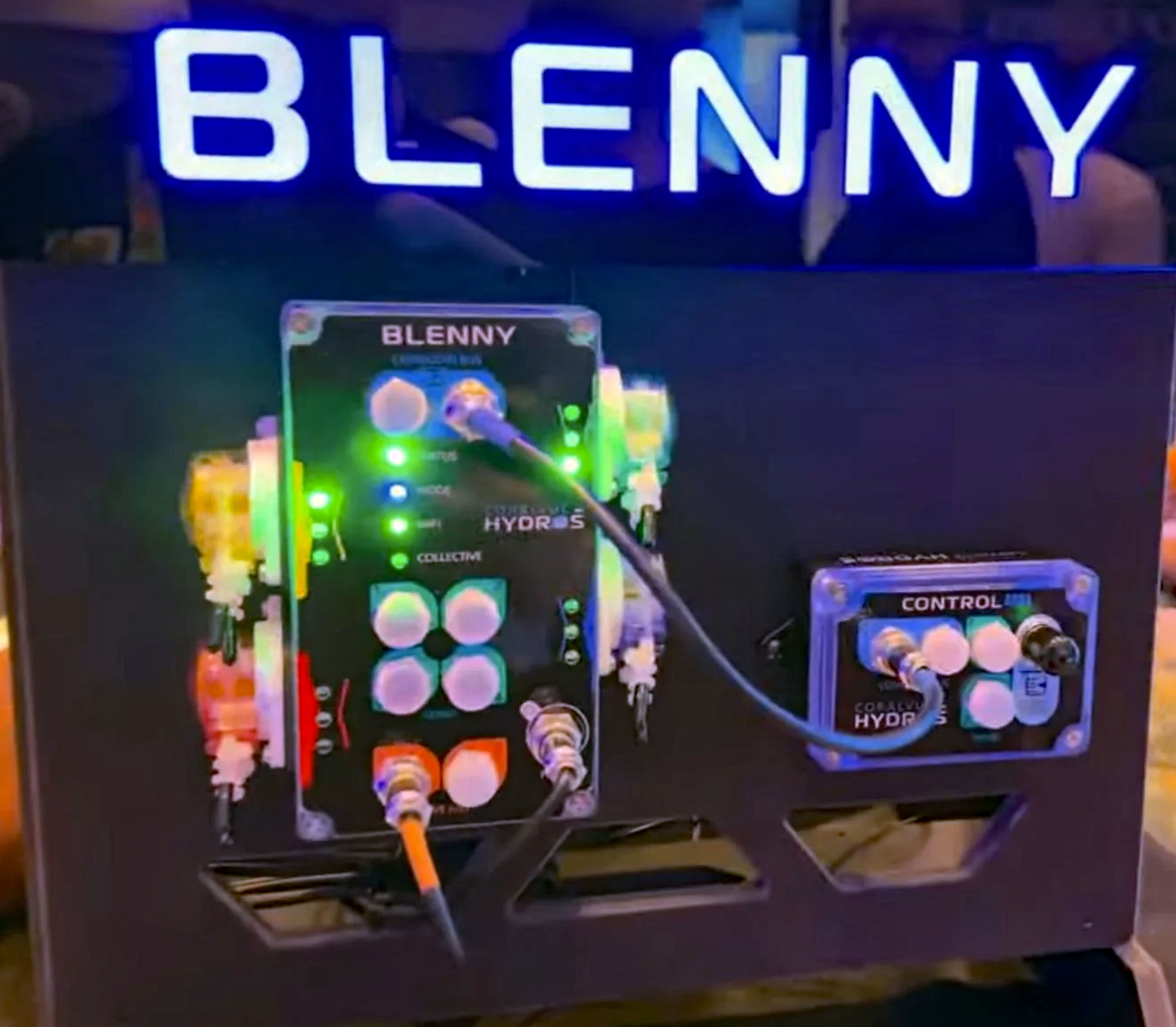We use cookies to make your experience better. To comply with the new e-Privacy directive, we need to ask for your consent to set the cookies. Learn more.
How to Remove and Treat Algae Problems in a Reef Aquarium
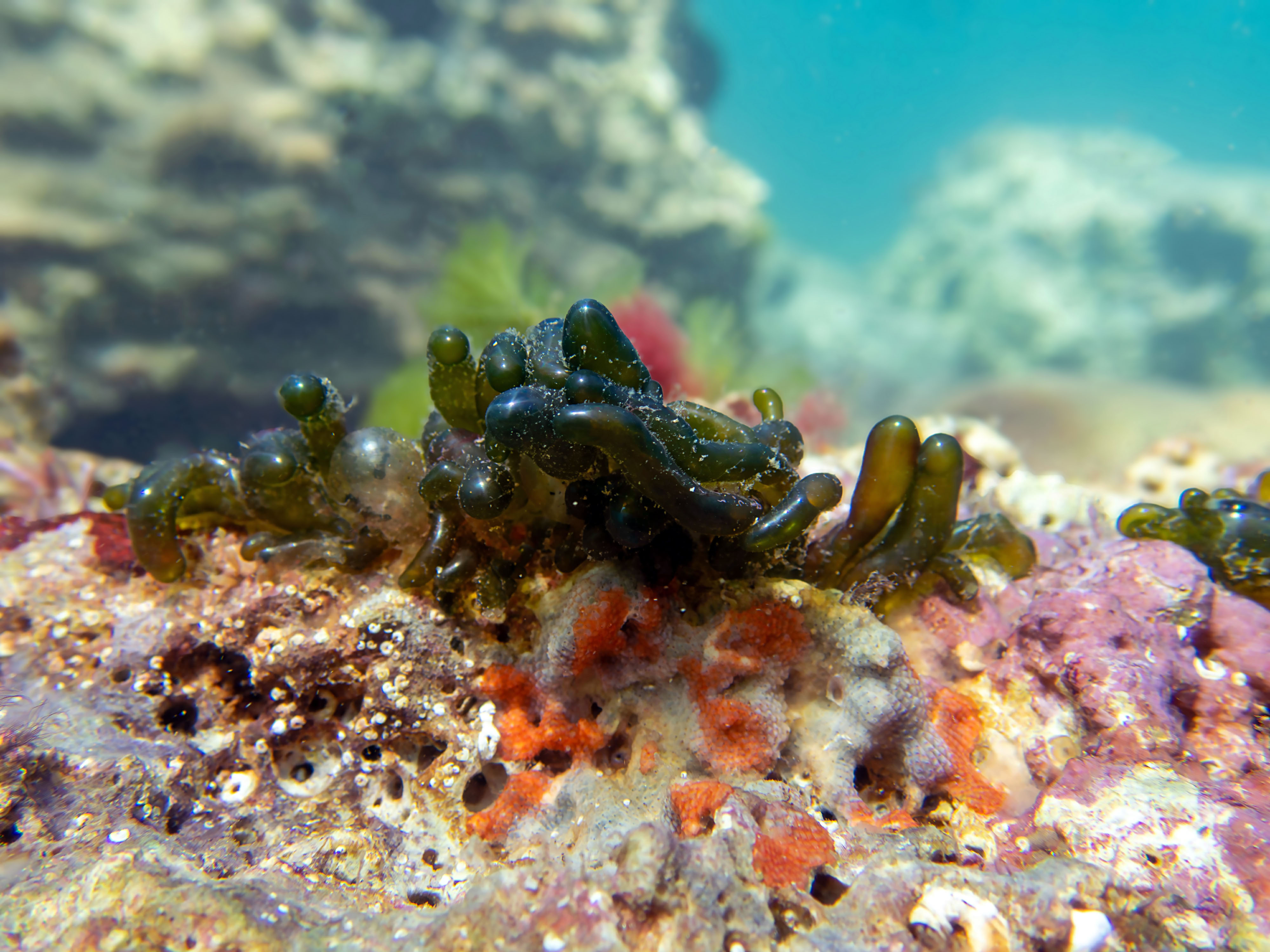
Dealing with algae problems in a reef tank is one of the most common challenges for saltwater aquarium hobbyists. Excess algae can harm coral growth, reduce water quality, and detract from the beauty of your marine aquarium. This guide will walk you through identifying different types of algae, methods for removing and preventing them, and effective algae control solutions like ReefFlux and algae-eating livestock.
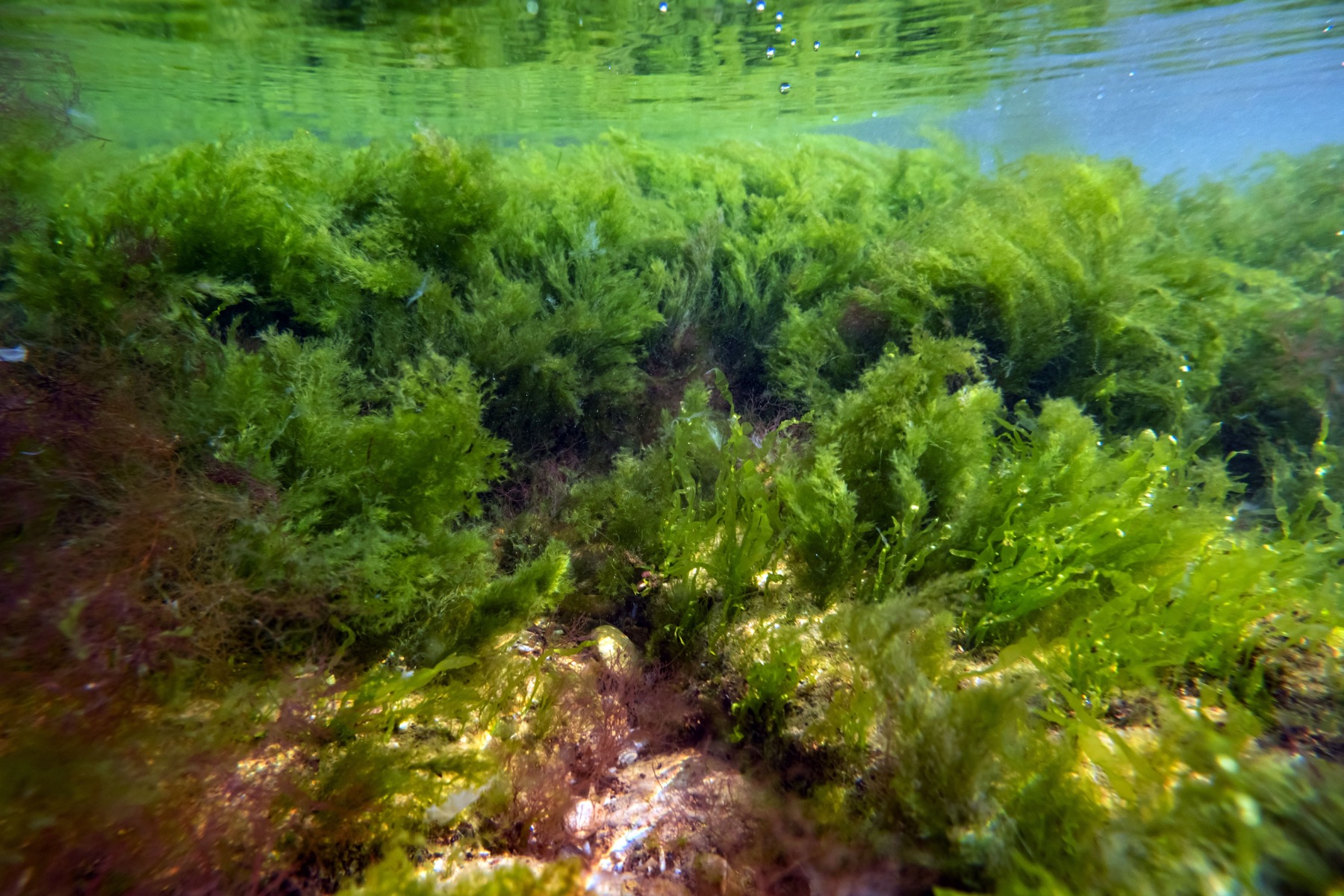
Green Hair Algae (GHA): A widespread nuisance algae, Green Hair Algae thrives in aquariums with high phosphate (PO4) and nitrate (NO3) levels. It appears as stringy green growth on rocks, substrate, and equipment.
Bubble Algae (Valonia): Known for its shiny, bubble-like appearance, Bubble Algae spreads rapidly in reef tanks and often requires manual removal.
Cyanobacteria (Red Slime Algae): This blue-green algae, also called Red Slime Algae, forms mats on sand and rocks in areas with low water flow and excess nutrients.
Diatoms: Brown algae commonly found in new saltwater aquariums or tanks with high silicate levels. It covers glass, sand, and rocks, giving them a dusty appearance.
Bryopsis: A fern-like algae that is notoriously difficult to eliminate. It grows in nutrient-rich tanks and can quickly take over if not addressed.
Chemical Algae Treatments
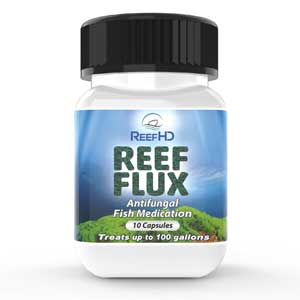
-
ReefFlux (Fluconazole): ReefFlux is a highly effective algae remover, particularly for Bryopsis and Green Hair Algae and Bubble Algae. And best of all, it is safe for most reef aquariums when used correctly. We have used it here on several occasions without any adverse effects on our farm tanks and display tanks. In our experience, it usally takes about 2-3 weeks before the nuisance algae begins to disapear.
-
Dosage: Use 1 capsule per gallon of tank water. Follow the product’s instructions carefully.
-
Instructions: Turn off your protein skimmer and remove activated carbon during treatment. Monitor your aquarium for changes over the next 10-14 days.
-
Benefits: ReefFlux targets nuisance algae without harming coral or other tank inhabitants when dosed properly.
-
-
Hydrogen Peroxide (H2O2): For localized algae outbreaks, hydrogen peroxide can be applied directly to problem areas. Be cautious, as excessive use can harm sensitive corals and invertebrates.
Manual Algae Removal
-
Use an algae scraper or magnetic glass cleaner to remove algae from tank walls.
-
During water changes, siphon out algae growing on sand or rocks.
-
Scrub affected areas with a soft brush to dislodge stubborn algae.
- Manual removal is the least effective method of trying to eliminate algae issues and it usually comes back rapidly and it just becomes more and more frustrating over time.
Nutrient Control
-
Reduce Phosphate and Nitrate Levels:
-
Use phosphate-removing media like GFO (Granular Ferric Oxide) in a reactor.
-
Perform regular water changes with RODI water to remove excess nutrients.
-
Feed fish sparingly and avoid overfeeding.
-
-
Promote Macroalgae Growth: Add a refugium with Chaetomorpha algae to compete with nuisance algae for nutrients.
Enhancing Aquarium Conditions
-
Lighting: Reduce light intensity or duration to limit algae growth. Use aquarium LEDs optimized for corals instead of algae.
-
Water Flow: Increase circulation to prevent dead spots where algae can thrive.
-
Protein Skimmer: Ensure your skimmer is functioning efficiently to remove dissolved organic matter.
Adding algae-eating fish and invertebrates to your reef tank can help manage algae growth naturally. Here are some top recommendations:
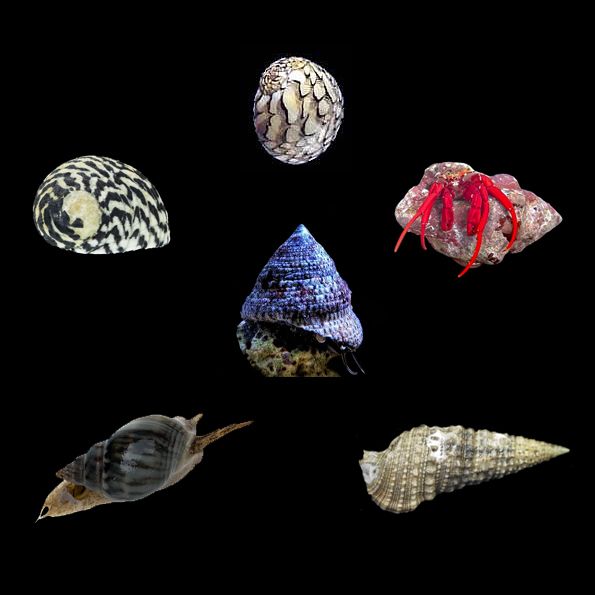
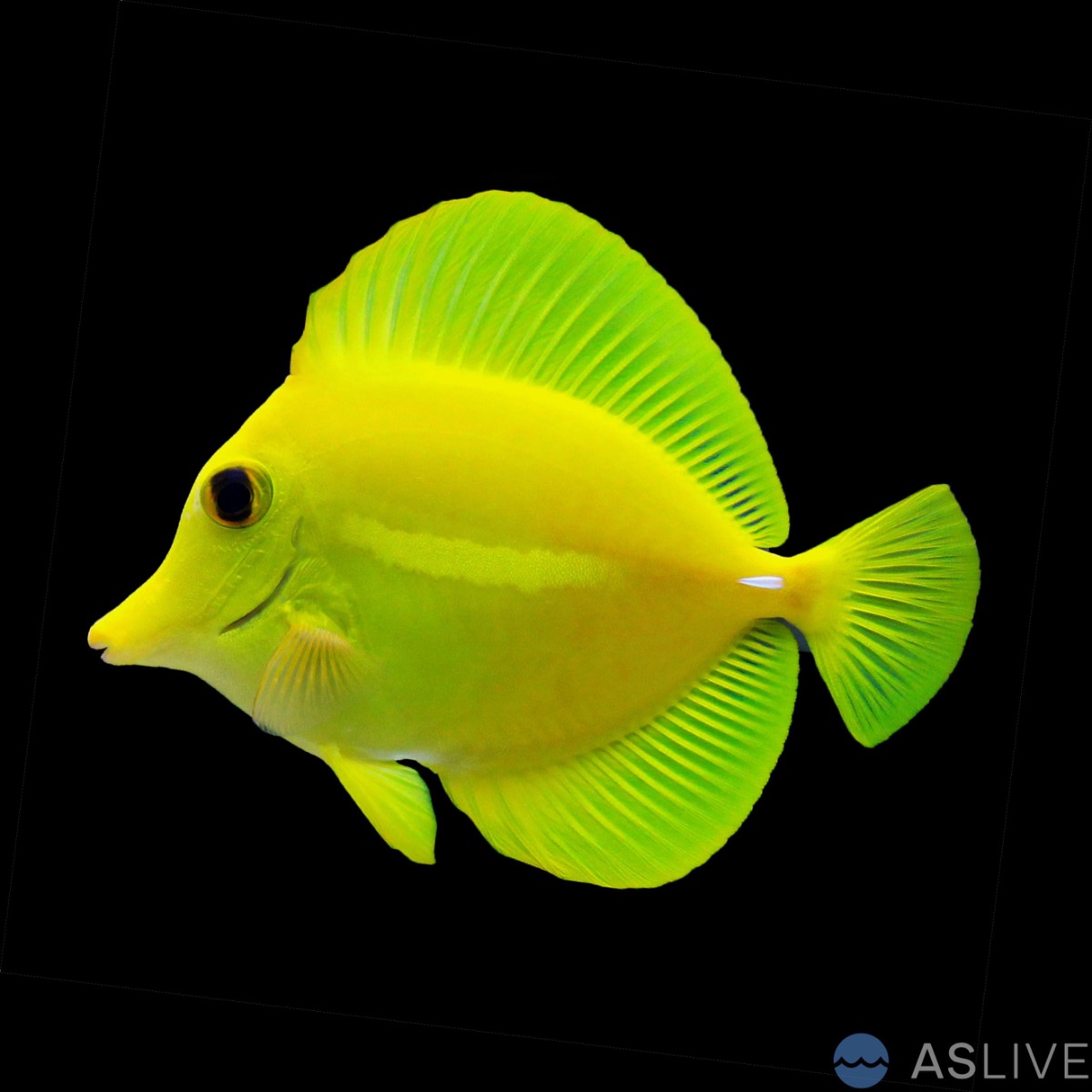
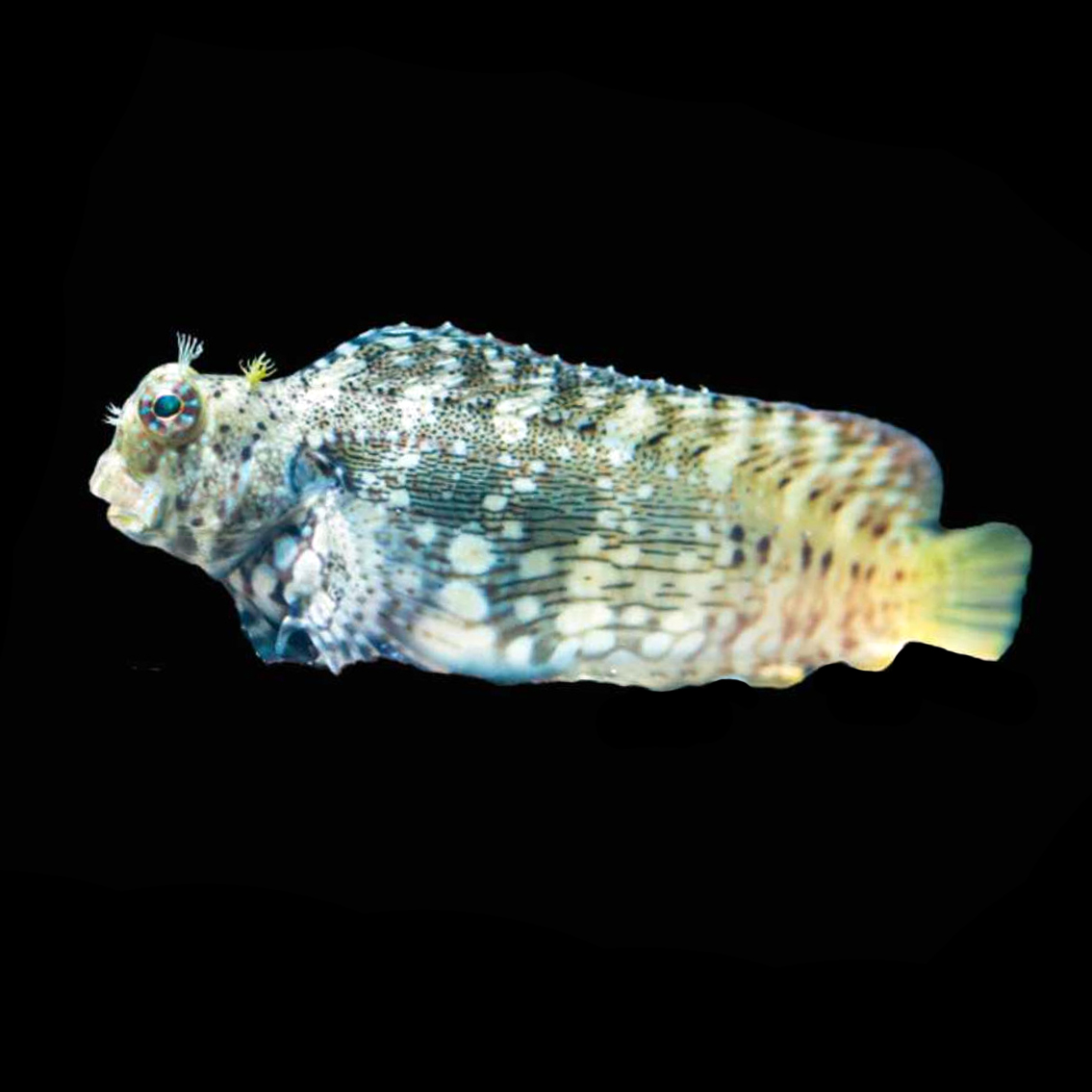
-
Algae-Eating Fish:
-
Lawnmower Blenny (Salarias fasciatus): A fantastic option for controlling Green Hair Algae.
-
Foxface Rabbitfish (Siganus spp.): Ideal for larger tanks; they consume a variety of algae.
-
Tangs (Zebrasoma spp., Ctenochaetus spp.): Excellent algae grazers for medium to large reef aquariums.
-
-
Algae-Eating Invertebrates:
-
Snails: Turbo, Nerite, and Trochus snails are highly effective at cleaning glass and rocks.
-
Hermit Crabs: Blue-legged and Scarlet Hermit Crabs are great for maintaining clean substrates.
-
Sea Urchins: Tuxedo urchins are efficient algae grazers, though they can move loose coral frags.
-
-
Specialized Algae Eaters:
-
Emerald Crabs (Mithraculus sculptus): Known for eating Bubble Algae.
-
Cleaner Shrimp: While not primary algae eaters, they help maintain overall tank cleanliness.
-
Regular Maintenance:
-
-
Perform weekly water changes to reduce excess nutrients.
-
Clean filters and equipment to prevent debris buildup.
-
Monitor Water Parameters:
-
-
-
Test for nitrate and phosphate levels regularly. Keep nitrates under 5 ppm and phosphates below 0.03 ppm for reef tanks.
-
Use high-quality test kits or digital meters for accurate readings.
-
-
Use RODI Water: Always use RODI water for top-offs and saltwater mixing to avoid introducing contaminants like silicates, phosphates and other trace disolved solids (TDS) for in our tap water.
Quarantine New Additions: Inspect new corals, live rock, and livestock for hitchhiking algae or pests before adding them to your tank.
Consider UV Sterilizers: UV sterilizers reduce algae spores and improve water clarity, helping to prevent outbreaks.




